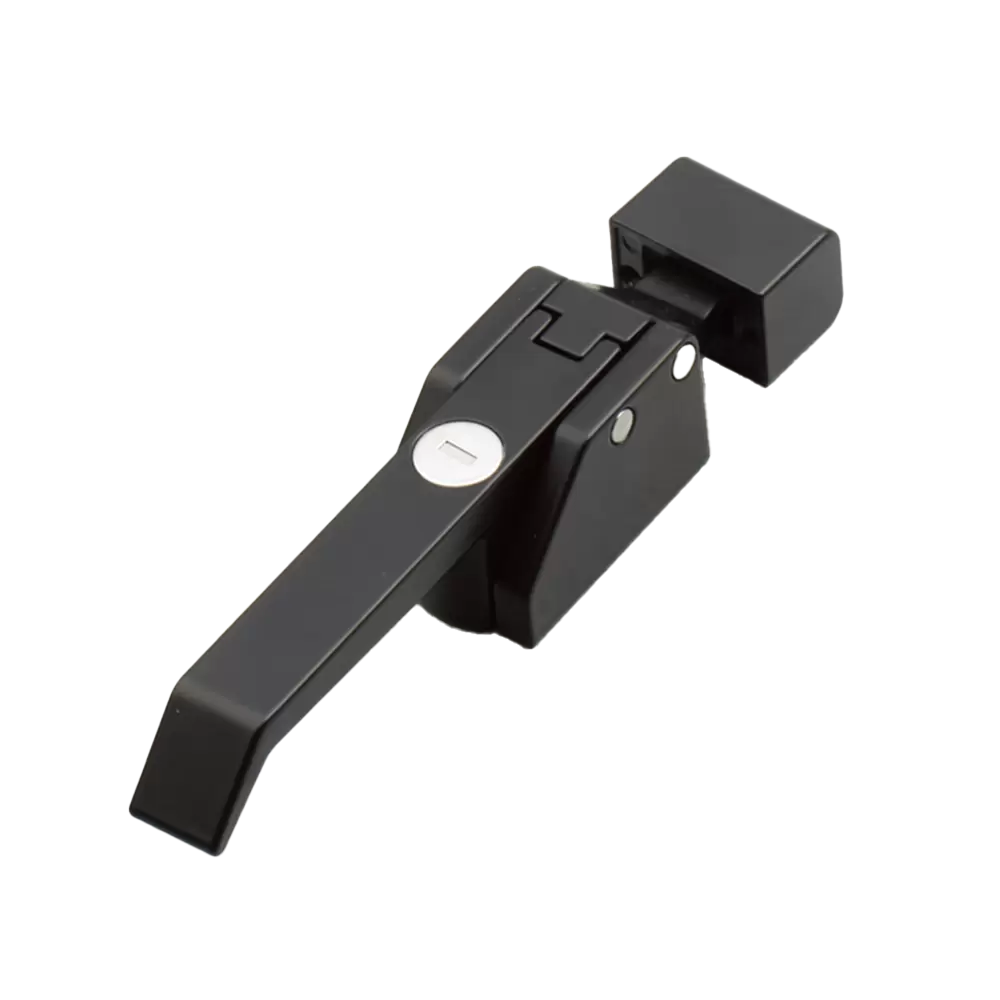When faced with a dead circuit, the frustration can be palpable. Whether it’s in your home, office, or an industrial setting, a non-functional circuit can disrupt daily activities and lead to costly downtime. However, understanding how to diagnose and fix a dead circuit can save time, money, and stress. In this article, we will delve into the intricacies of circuit troubleshooting, offering a structured approach that combines theoretical knowledge with practical steps.
Understanding the Basics of Electrical Circuits
Before diving into the repair process, it’s essential to grasp the fundamental concepts of electrical circuits. A circuit is a closed loop that allows electricity to flow, consisting of components such as resistors, capacitors, switches, and power sources. When a circuit is dead, it means that the flow of electricity has been interrupted, preventing devices from functioning.
Step 1: Safety First
Before attempting any repairs, prioritize safety. Always turn off the power supply to the circuit at the breaker box. Use a multimeter to verify that the circuit is indeed de-energized. This step is crucial to prevent electrical shocks and ensure a safe working environment.
Step 2: Visual Inspection
Conduct a thorough visual inspection of the circuit components. Look for signs of damage such as burnt wires, melted insulation, or corroded connections. Pay special attention to:
- Circuit Breakers: Check if any breakers have tripped. Reset them if necessary.
- Fuses: Inspect fuses for signs of blowing. Replace any that are damaged.
- Wiring Connections: Ensure all connections are secure and free from corrosion.
Step 3: Testing Components
Once the visual inspection is complete, it’s time to test individual components within the circuit. This can be done using a multimeter to measure voltage, resistance, and continuity.
- Voltage Testing: Check for voltage at various points in the circuit. If there’s no voltage where it should be, trace back to find where the interruption occurs.
- Resistance Testing: Measure the resistance of components like resistors and capacitors. A reading of zero or infinite resistance can indicate a faulty component.
- Continuity Testing: Use the continuity setting on your multimeter to ensure that there are no breaks in the circuit path.
Step 4: Identifying Common Issues
Several common issues can lead to a dead circuit. Understanding these can expedite the troubleshooting process:
- Loose Connections: Often, a simple tightening of screws or connectors can restore functionality.
- Faulty Components: Components such as switches, outlets, or circuit breakers can fail. Replacing these parts may be necessary.
- Overloaded Circuits: If a circuit is overloaded, it may trip the breaker. Redistributing the load can alleviate this issue.
Step 5: Repairing the Circuit
Once the problem has been identified, proceed with the necessary repairs. This may involve:
- Replacing Damaged Wires: Use appropriate gauge wire and ensure all connections are soldered or crimped securely.
- Installing New Components: When replacing components, ensure they match the specifications of the original parts to maintain circuit integrity.
- Reconnecting Loose Connections: Ensure all connections are tight and secure to prevent future issues.
Step 6: Testing the Circuit
After repairs are made, it’s crucial to test the circuit before restoring power. Use your multimeter to verify that all components are functioning correctly and that there are no short circuits. Once confirmed, turn the power back on and monitor the circuit for any signs of malfunction.
Step 7: Preventive Measures
To avoid future occurrences of dead circuits, consider implementing preventive measures:
- Regular Inspections: Schedule periodic inspections of your electrical systems to catch potential issues early.
- Load Management: Be mindful of the load on each circuit and avoid overloading.
- Upgrade Outdated Components: If your circuit includes older components, consider upgrading to modern, more reliable options.
Conclusion
Fixing a dead circuit may seem daunting, but with a systematic approach, it can be manageable. By prioritizing safety, conducting thorough inspections, and understanding common issues, you can effectively troubleshoot and repair electrical circuits. Remember, if you ever feel uncertain about your ability to fix a circuit, it’s always wise to consult a licensed electrician. They possess the expertise to handle complex electrical systems safely and efficiently.

Average Rating